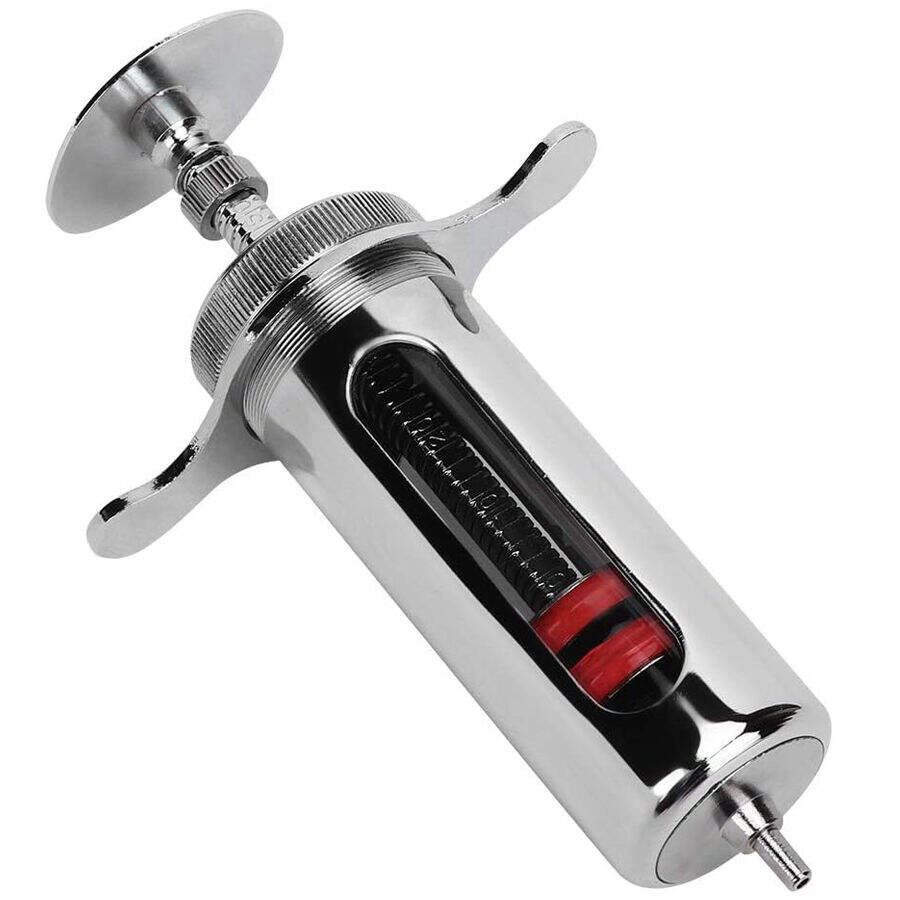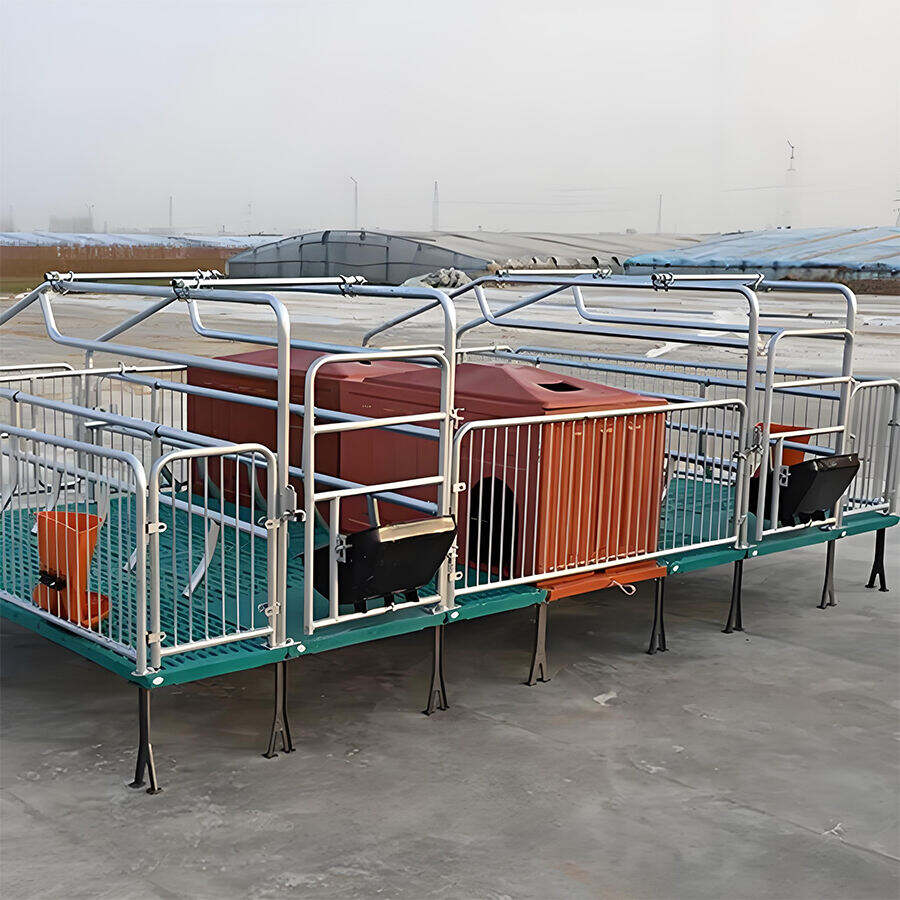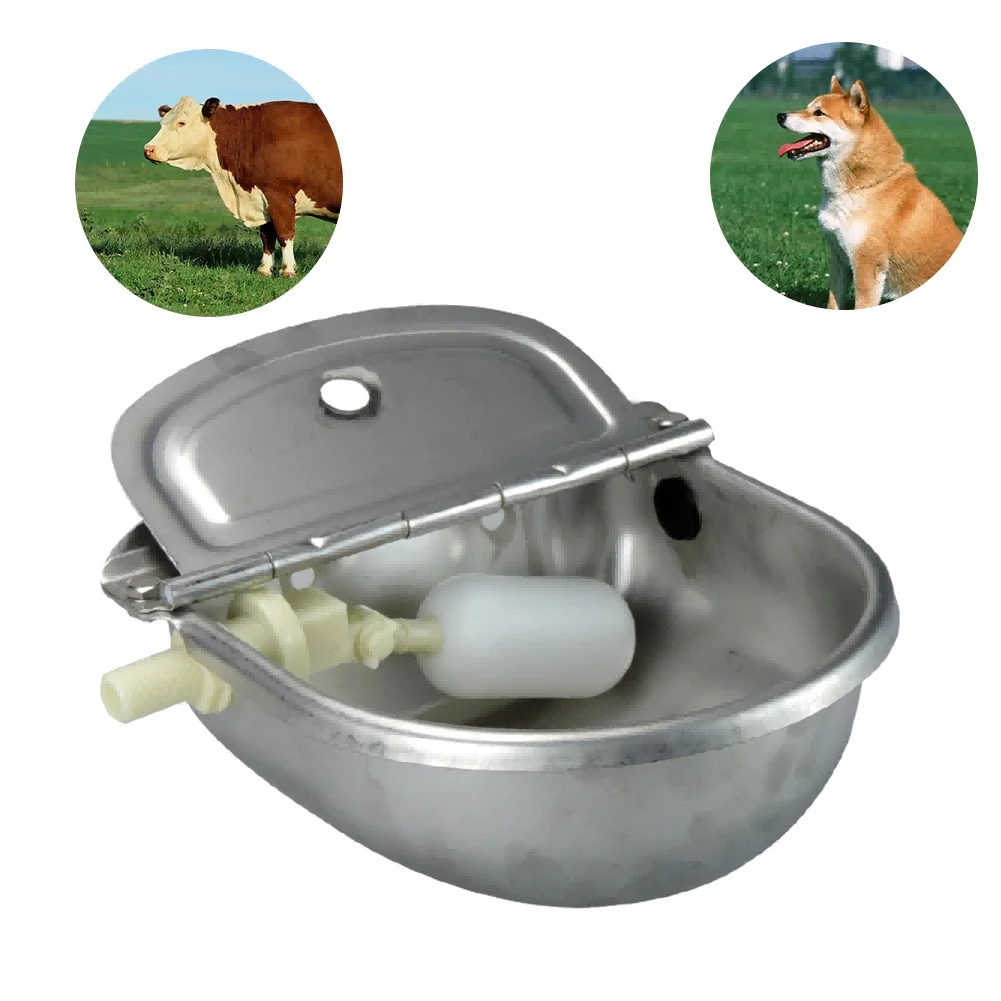poultry farm feeding system
A poultry farm feeding system represents a sophisticated integration of mechanical and automated technologies designed to ensure efficient and consistent feed distribution to poultry flocks. The system comprises several interconnected components, including feed storage silos, conveyor mechanisms, feed lines, and dispensing units strategically positioned throughout the poultry house. At its core, the system utilizes advanced sensors and control mechanisms to monitor feed levels and distribute precise portions according to predetermined schedules. The main feed line, typically suspended from the ceiling, connects to multiple feeding points equipped with pans or troughs that automatically refill when feed levels drop below specified thresholds. Modern systems incorporate programmable logic controllers (PLCs) that enable farmers to adjust feeding schedules, portion sizes, and distribution patterns based on flock age, size, and specific nutritional requirements. The system's design minimizes feed waste through precise portioning and spillage prevention mechanisms, while its automated nature significantly reduces labor requirements and ensures consistent feed availability. Additionally, integrated monitoring capabilities allow for real-time tracking of feed consumption patterns and inventory management, enabling more effective feed cost control and flock performance optimization.


